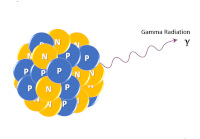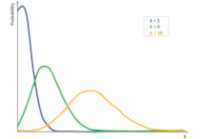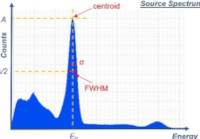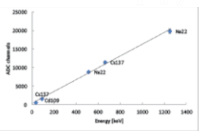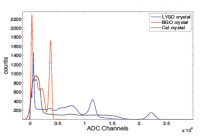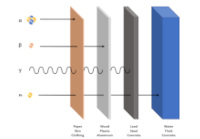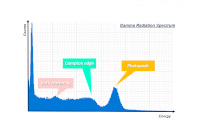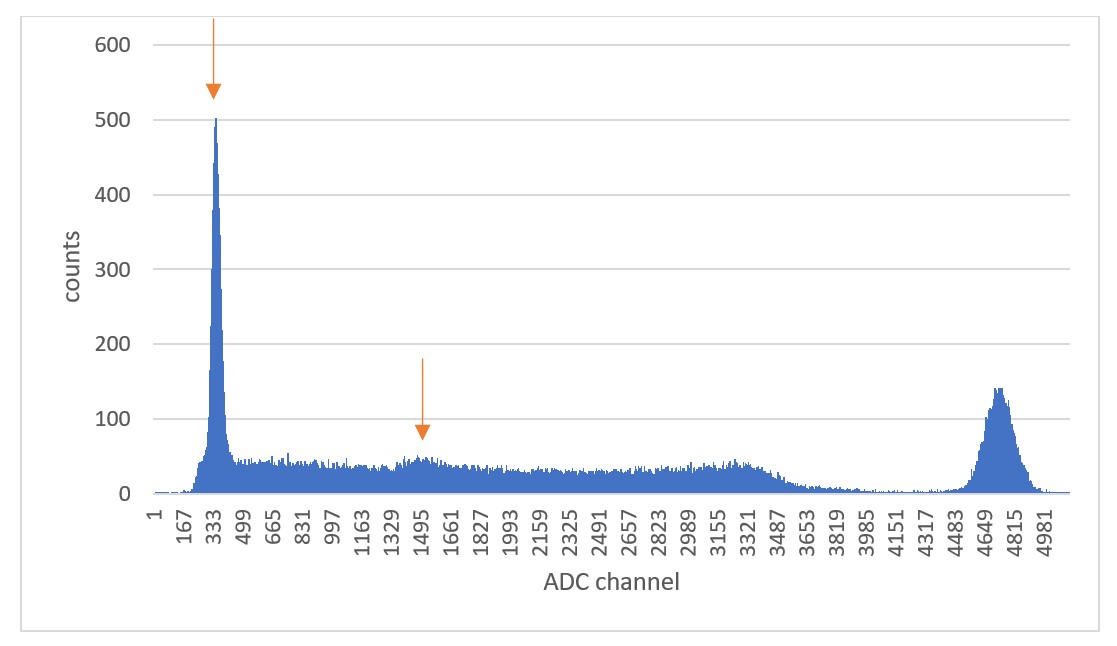γ-Spectroscopy Experiments
The Gamma Spectroscopy is relevant in basic and applied fields of science and technology.
In 1895 the radioactivity was discovered by H.Becquerel and in 1903 the Nobel Prize in Physics was assigned to Curie spouses for their studies on these phenomena. Radioactivity is around us and getting to know it experimentally is essential for physics students.
When an unstable nucleus decays in a cascade leading to a stable nuclide, it emits alpha or beta or gamma quanta or a combination of them. Gamma rays are high energy photons and the spectroscopy of the emitted γ rays is instrumental for understanding the mechanism of the interaction with matter, the fundamentals about detection and the underlying nuclear physics. Moreover, it is relevant in basic and applied fields of science and technology, from nuclear to medical physics, from archaeometry to homeland security.
The gamma spectroscopy experiments can be performed by using two different setups. The first one is the “Educational Gamma KIT“, characterized by a modular structure that allows to execute all the applications. The alternative equipment is the “Emulation kit” based on the CAEN Digital Detector-Emulator (DT4800) together with Digital Multi-Channel Analyzer (DT5770). The latter allows to perform a series of lab experiments without using a radioactive source and a detector but simulating the signals produced by the interaction of particles with the detecting unit. The two set-ups are highly complementary.

